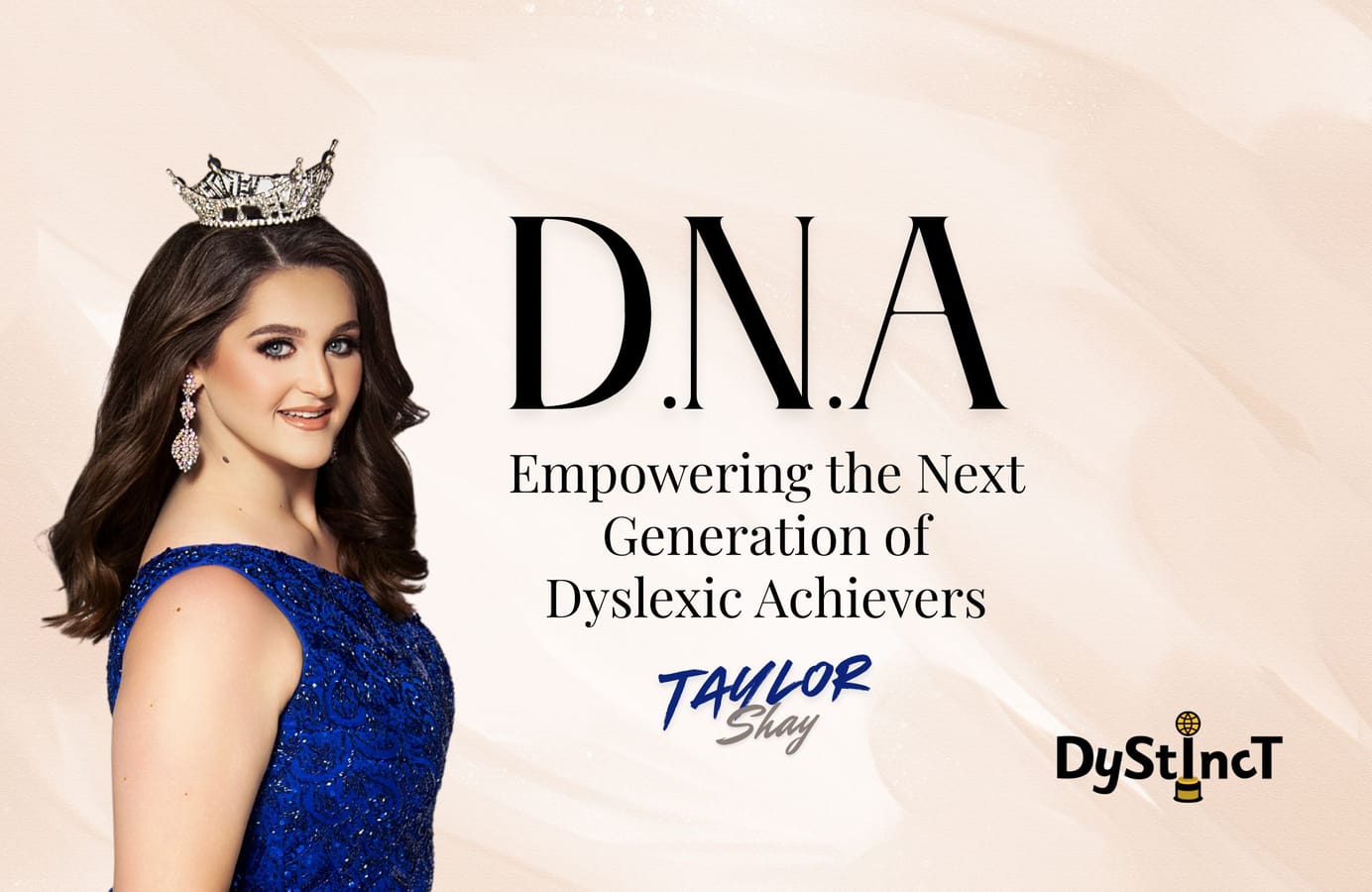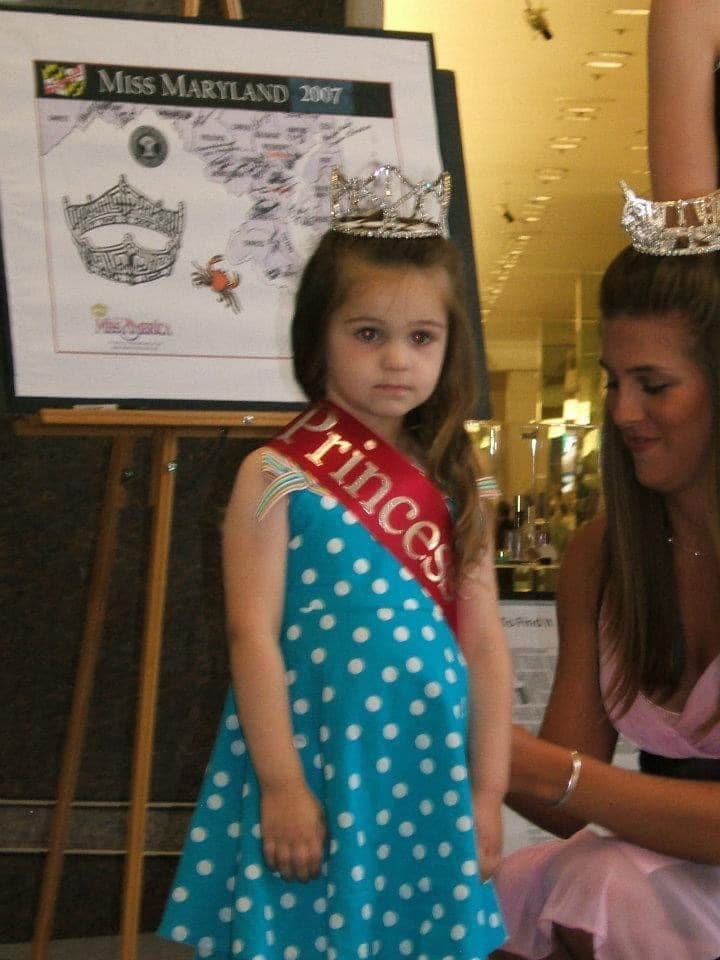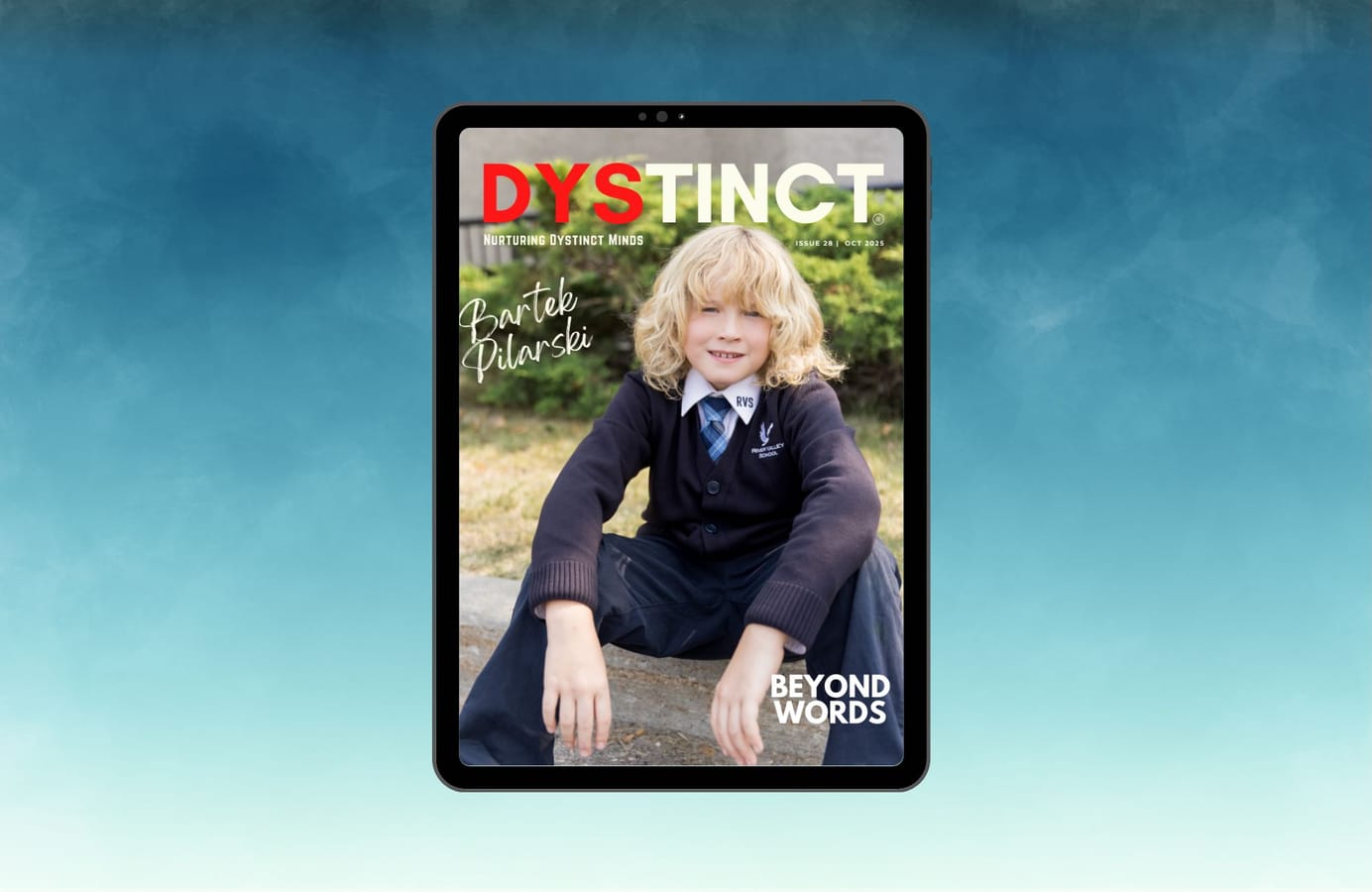
Issue 26: DNA In Action: Empowering the Next Generation of Dyslexic Achiever | Taylor Shay | Dyslexics Next Achievement
From pageants to advocacy, Taylor Shay’s journey with D.N.A. (Dyslexics Next Achievement) shows how her own struggles with dyslexia sparked a passion to help others, proving that with support and understanding, dyslexic students can shine in their own way.
At the sweet age of three, mom thought Taylor would enjoy an opportunity to wear a rhinestone crown and fancy dress to experience the princess program sponsored by the Miss Maryland Scholarship Organization. Taylor’s passion for glitz, glam, and sparkly hats transformed her love for something much more profound. The seed that was planted and sown over time sparked Taylor’s passion and purpose at the age of 13 to volunteer, raise awareness, and advocate for change on behalf of dyslexic students.

Now 21, Taylor is using her Community Service Initiative D.N.A Dyslexics Next Achievement to change the narrative for students with dyslexia. Dyslexia is a neurobiological condition that has been around for over 140 years. It is still misunderstood, underdiagnosed, and not taken seriously by school administrations for students who need educational support and accommodations in the classroom. Some call it a disability, but Taylor describes it as a learning difference and a GIFT because dyslexic students are genuine, innovative, fearless, and talented.
Advocating for Change
Advocating for Change
Taylor was four years old when her parents suspected that she had trouble with reading. It was unclear if she truly had learning deficits as she could memorize music and scripts that she heard repeatedly through music and audio recordings. Year after year, Taylor’s parents would raise questions about her reading deficits, and teachers would continually dismiss their concerns in her early elementary years, saying that with maturity, she would be able to catch up and read on grade level. Simple words like cat and hat could not be memorized from one page of text to the next, and rhyming had proven to be difficult. Basic word wall words were a challenge and could not be mastered, and when writing words, letters were squished together with no beginning, middle and end.

Taylor’s parents began searching for answers, and all of their research pointed towards dyslexia. In second grade, her parents continued to raise more questions and seek more answers in an effort to acquire help for Taylor because all of the research showed that struggling to read beyond third grade would have significant consequences in shrinking the achievement gap as schoolwork continued to get harder. The school system delayed testing and services and implemented RTI- Response to Intervention, but she did not make much progress. Taylor was a diligent worker, but she, too, knew something was not right. She could not read chapter books like her peers and was afraid to be called on in the classroom. After taking the necessary steps to have Taylor evaluated by independent educational professionals, the results were clear. Taylor did indeed have dyslexia and a processing retention issue. It was not until high school that the professionals mentioned mixed dyslexia, which explained trouble with reading, writing, and math.
This post is for paying subscribers only
SubscribeAlready have an account? Log in


